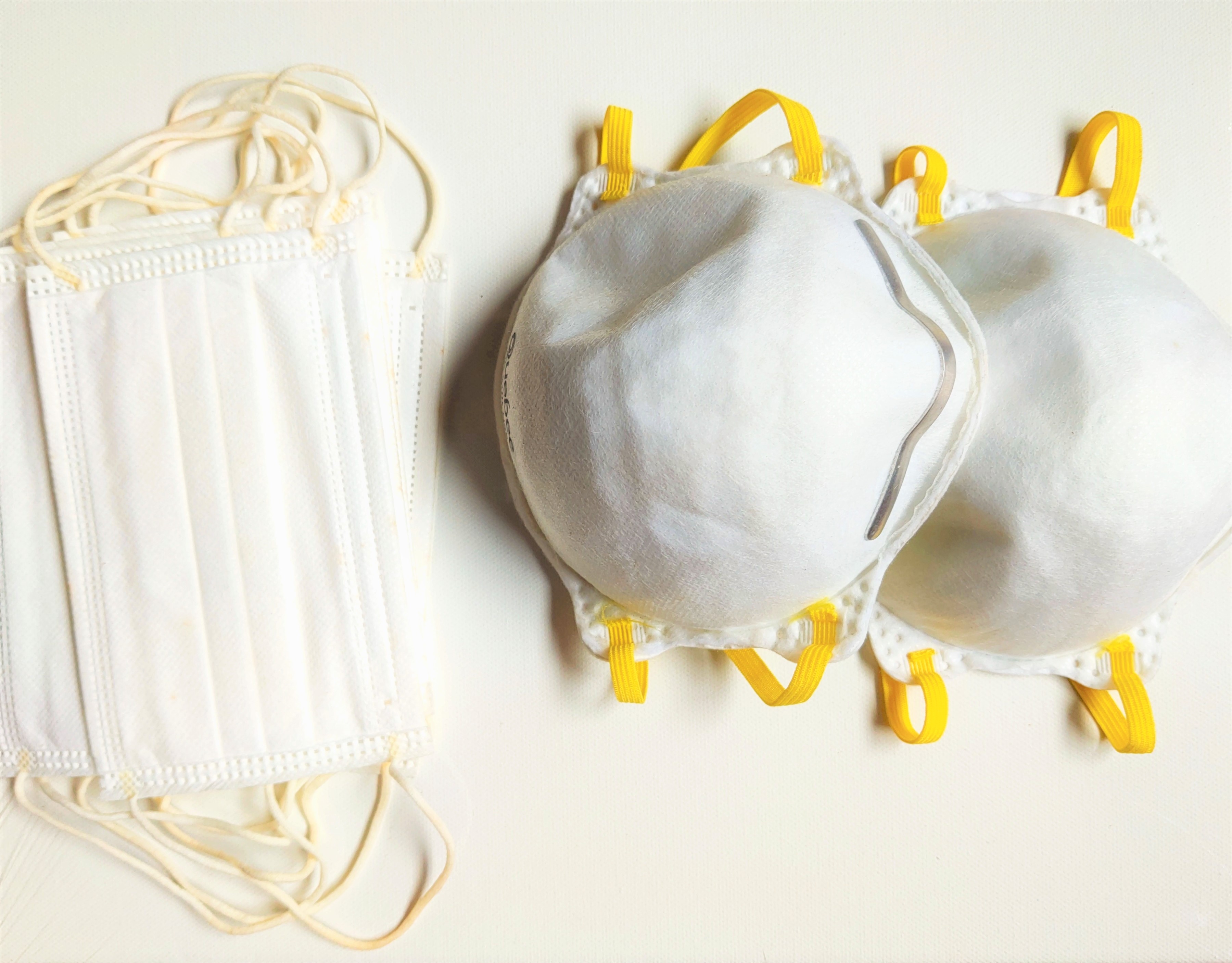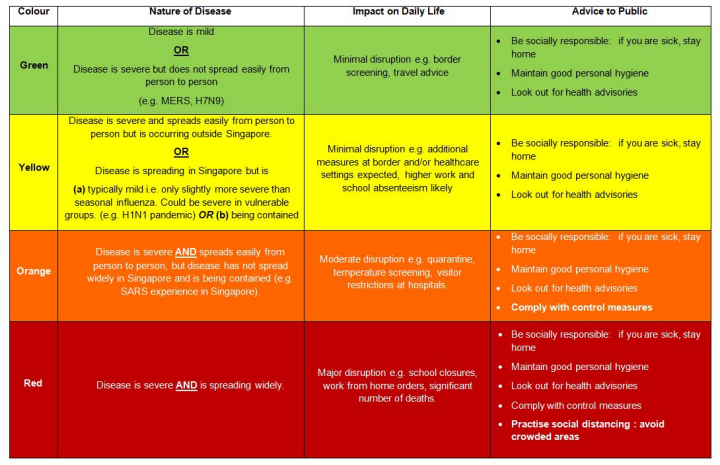The DORSCON, or Disease Outbreak Response System Condition, is a framework that Singapore deploys to deal with pandemics.
The colour-coded DORSCON framework reflects the current disease situation, and demonstrates what needs to be done to prevent and reduce the impact of infections. It takes into account both disease severity and spread to predict the impact on the community.
Singapore is currently at DORSCON Orange, according to the Ministry of Health (MOH).
In the last decade, Singapore has experienced two pandemics: the Severe Acute Respiratory Syndrome (SARS) in 2003, and H1N1 influenza in 2009.
Defined as an outbreak resulting in the spread of an infectious disease worldwide, a pandemic usually occurs when the whole population has no immunity to the disease. This is more common when there have been no cases in the community before.
Pandemics can be caused by different diseases, ranging from the mild to the very severe.
MOH's risk assessment for DORSCON includes: the current disease situation overseas, how transmissible the disease is, how likely it is to arrive in Singapore, and what impact it may have on the local community.
The colour-coded DORSCON framework reflects the current disease situation, and demonstrates what needs to be done to prevent and reduce the impact of infections. It takes into account both disease severity and spread to predict the impact on the community.
So far the DORSCON is 'Yellow' since all sources have been identified so far and it is not considered widespread transmission by MOH. If a few clusters crop up, with no specific idea as to where these cases came from, the DORSCON will then move to Orange.




